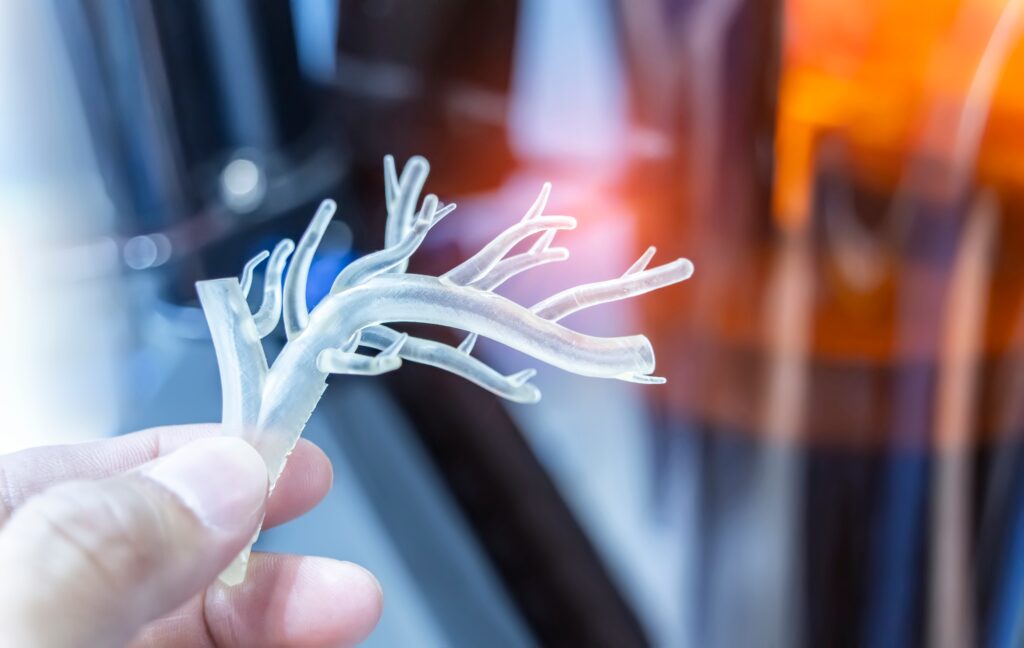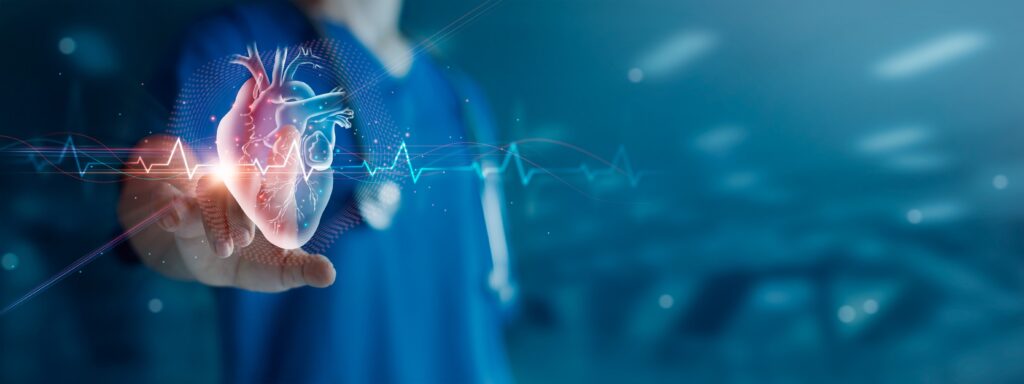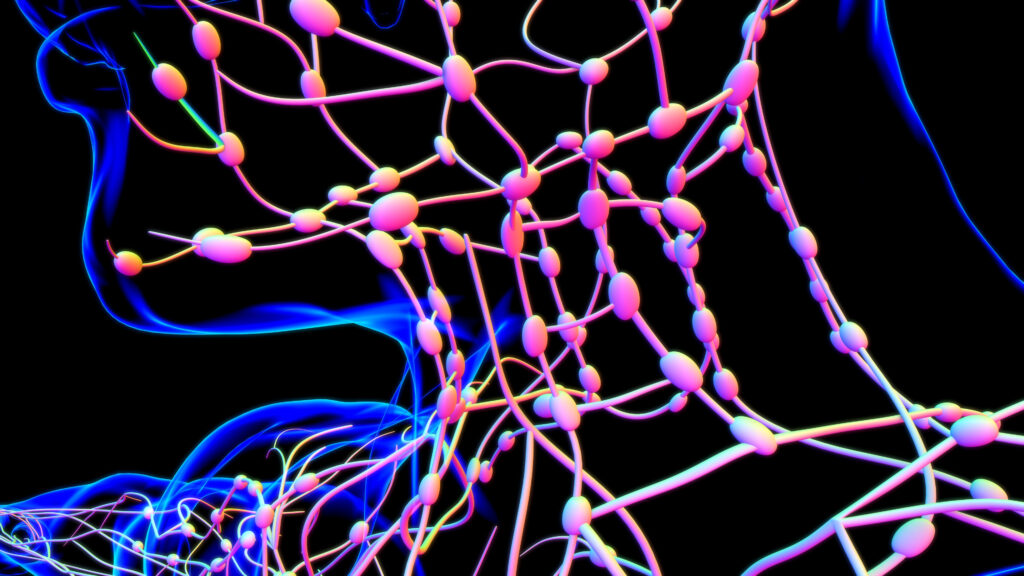Blood is pumped throughout the body by the heart, and thousands of miles of veins return the blood to the body.
For our health, blood circulation is essential. Our arteries transport oxygen, nutrients that are high in energy, hormones, immune cells, and other vital components throughout the body. Within minutes of a delivery being stopped, organs and tissue might suffer permanent damage.
However, the return trip is an equally critical component of blood circulation. Our blood must return to the lungs to take up additional oxygen, restock on nutrients, expel carbon dioxide, and return to the heart to be pushed out again after our arteries have completed their delivery of the necessary materials. Blood flows constantly in this manner, supplying tissues and organs with what they require and eliminating waste.
Your veins are the vehicles made for the return journey. Continue reading for information on vein function, potential causes of vein dysfunction, and five strategies for maintaining the health of thousands of kilometres of veins.
What are veins, and what do they do?
Maybe you haven’t given your veins much thought. If you had, you may have concentrated on varicose veins, which are visible purplish-coloured, bulging vessels that are visible just beneath the skin of the legs. Alternatively, it’s possible that the person drawing your blood had trouble finding a “good vein.” However, this is only a tiny portion of the venous world.
The human body is made up of a network of connected tubes called veins. These tubes range in size from 1 mm, or the size of a pencil point, to 2 cm, or the size of a quarter, and they are responsible for returning low-oxygen blood to the lungs where it may be refilled with oxygen. The heart receives oxygen-rich blood from the lungs through four pulmonary veins. (Interesting fact: most of us have four pulmonary veins, but some people have three or five.)
Major veins are frequently found adjacent to similarly named arteries, much like a highway with automobiles travelling in opposing directions. For instance, the axillary vein in the upper arm is located next to the axillary artery, and the renal vein in the kidney is located next to the renal artery.
How do veins help keep blood flowing?
Let’s begin by visualising little, oxygen-rich red blood cells. Imagine yourself as a red blood cell that has just passed from the heart via the arteries and is now in the calf muscle of a jogging person. Exercise-related muscles require more oxygen, so you must return quickly to the heart after removing waste materials like carbon dioxide and dropping off much-needed oxygen.
But hold on. There’s a hard, straight-up ascent as you return to the lungs to take on more oxygen and expel carbon dioxide. How, on your own, can you return to the lungs?
Thankfully, there are microscopic valves inside veins that restrict the direction in which blood can flow. Muscles push blood towards the lungs when they contract in close proximity to bigger veins. Furthermore, inhaling produces a kind of suction that draws blood towards the lungs. Blood coming into the legs would pool there if these forces weren’t there to encourage blood to flow through the veins in the proper direction, leading to dangerously high pressure and oedema.
Are veins blue?
Well, they’re not. Because of the way they frequently appear in diagrams and representations, some mistakenly believe they are blue. But that’s only to distinguish them from the crimson arteries.
If your skin is light-coloured, the veins on the back of your hand could look blue. Because of how light is absorbed by the skin, that is an illusion. Veins tend to disappear more in those with darker skin tones.
Veins would appear pale because they are naturally colourless or dark crimson because of the blood inside of them if you could see them directly, without any skin covering them.
What sort of problems can occur in veins?
Varicose veins, blood clots, and venous insufficiency are among the most prevalent medical diseases that impact the veins:
When a blood clot forms in a deep vein and stops blood flow, it is known as deep vein thrombosis (DVT). Because clots in deep veins have the ability to go to the lungs and block an artery that supplies blood to a portion of the lungs, a potentially fatal pulmonary embolism can result from this condition.
An intradermal blood clot in a tiny vein is known as superficial thrombophlebitis. Pain and inflammation result from this.
Small veins beneath the skin that expand, and twist are called varicose veins. Even while they might not be harmful, they can hurt and occasionally become more complicated due to blood clots.
When vein valves are compromised, as could be the case with ageing or previous blood clots, venous insufficiency results. Impaired vein-to-blood flow can result in swollen legs, elevated blood pressure, irritated skin, and sluggish recovery.
Phlegmasia cerulea dolens is an impressive name for one rarer condition. It is a dangerous consequence of deep vein thrombosis (DVT) when blood flow via adjacent arteries is obstructed due to blockage in a deep vein. That may result in gangrene and necessitate amputation.
Any of these ailments may have a transient or permanent impact on circulation. The goal of treatment is, if at all feasible, to restore circulation.
Top 5 ways to improve vein health
Your heart, brain, and every other organ of your body benefit from having healthy veins. Even if you already have vein disease, you can enhance vein health in five ways:
- Be active. Exercise regularly and avoid prolonged standing or sitting.
- Choose healthy foods, such as those in a plant-based, heart-healthy diet.
- Maintain a healthy weight.
- Don’t smoke.
- Wear compression stockings if you already have vein disease such as venous insufficiency.
- And of course, seek medical care for unexplained swelling, inflammation, or ulcers on your legs, ankles, or feet.
Our veins work nonstop, returning blood from far-off locations to the heart and lungs, which then pump the enriched blood back out. Blood circulation is impossible without veins. They serve as an excellent illustration of how many incredible body parts you can easily forget about until anything goes wrong.
Your health at Echelon Health
Innovations in customised medicine and medical technology will impact private health checks in the future. Technological advancements such as genetic testing, telemedicine, and AI-powered diagnostic instruments are expected to improve the efficiency, practicality, and availability of these examinations. These developments should keep private health check-ups at the forefront of preventative healthcare by making them even more individualised and effective.
To sum up, private health check-ups are a big step forward in the field of managing personal healthcare. They provide a comprehensive, individualised approach that surpasses the scope of typical health evaluations. Choosing to have a private health check-up is a proactive move that people take to ensure a healthy future in addition to investing in their current well-being.
In the modern world, where proactive health management can result in long-term health advantages and a higher quality of life, this all-encompassing approach to health is vital. Private health checks are expected to become a crucial component of health management for people who value their health and well-being as a result of advances in medical technology and an increasing emphasis on preventative healthcare.
This is why Echelon Health has created the Platinum Health Assessment.
This is a full-body health check that leaves no stone unturned and works on a case-by-case basis in order to provide results that are personal to you and your circumstances. Combining over 30 years of medical expertise and the use of the most advanced imaging technology available in the world today (through CT, MRI, and ultrasound scanners), along with fully comprehensive blood tests looking at over 40 parameters, including cancer markers, hormones, and more, we can confidently say that we can detect up to 92% and 95% of preventive causes of death among men and women.
Here are the scans included in the Platinum Assessment:
- Blood Tests
- ECG
- CT Aorta
- CT Heart
- CT Coronary Angiogram
- CT Chest
- CT Pelvis
- CT Virtual Colonoscopy
- CT Bone Density
- EOS
- CT Upright Skeleton
- MRI Brain
- MRI Cerebral Artery Angiogram
- MRI Carotid Artery Angiogram
- MRI Prostate
- Ultrasound Thyroid
- Ultrasound Testes/Ovaries
- Digital Mammogram
- Full-body Mole Screen
Please don’t hesitate to get in touch with us if you have any questions regarding our assessment or how we may assist you in reaching your best health. Our staff is always happy to help you!



